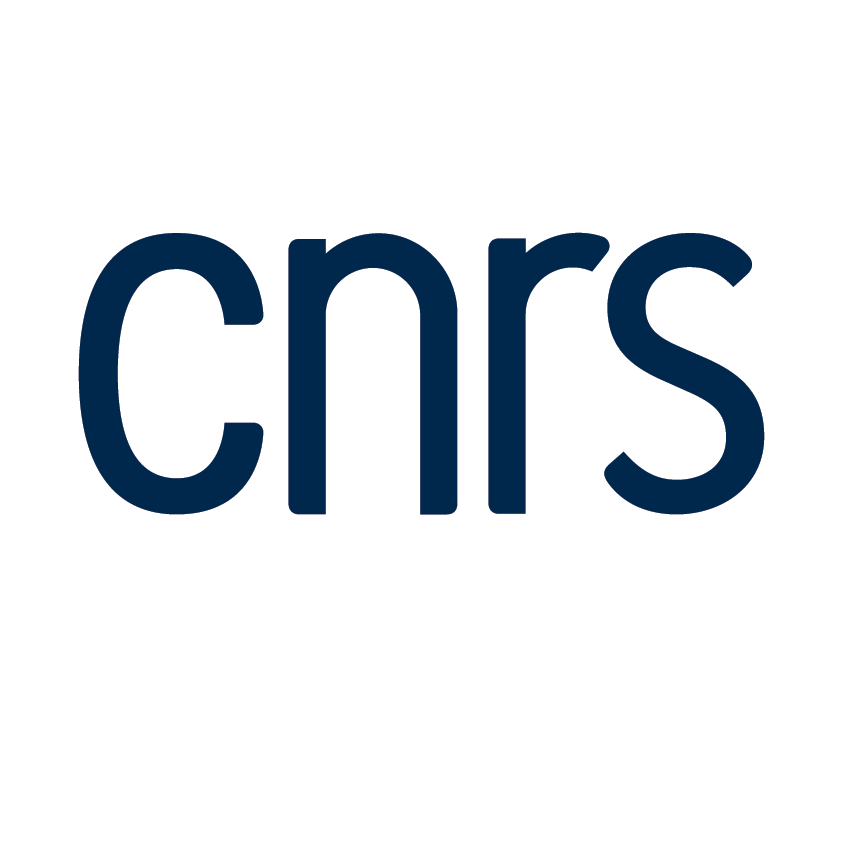Retour
Séminaire de Théorie Algorithmique des Nombres
Oriented Supersingular Elliptic Curves and Class Group Actions
Leonardo Colô
( Université Aix-Marseille )-
le 14 mars 2023 à 10:00
We recently defined an OSIDH protocol with Kohel (OSIDH) for oriented supersingular isogeny Diffie-Hellman by imposing the data of an orientation by an imaginary quadratic ring on the category of supersingular elliptic curves. Starting with an elliptic curve oriented by a CM order of class number one, we push forward the class group action along an -isogeny chains, on which the class group of an order of large index in acts. The map from -isogeny chains to its terminus forgets the structure of the orientation, and the original base curve . For a sufficiently long random -isogeny chain, the terminal curve represents a generic supersingular elliptic curve.
One of the advantages of working in this general framework is that the group action by can be carried out effectively solely on the sequence of moduli points (such as -invariants) on a modular curve, thereby avoiding expensive generic isogeny computations or the requirement of rational torsion points.
The proposed attacks of Onuki (2021) and Dartois-De Feo (2021) and their analyses motivate the idea of enlarging the class group without touching the key space using clouds. In this talk we propose two approaches to augment in a way that no effective data is transmitted for a third party to compute cycle relations. In both cases, it comes down to an extension of the initial chain by the two parties separately. In particular, while the original OSIDH protocol made exclusive use of the class group action at split primes in , we extend the protocol to include descent in the eddies at non-split primes (inert or ramified) or at large primes which are not cost-effective for use for longer isogeny walks.
"




